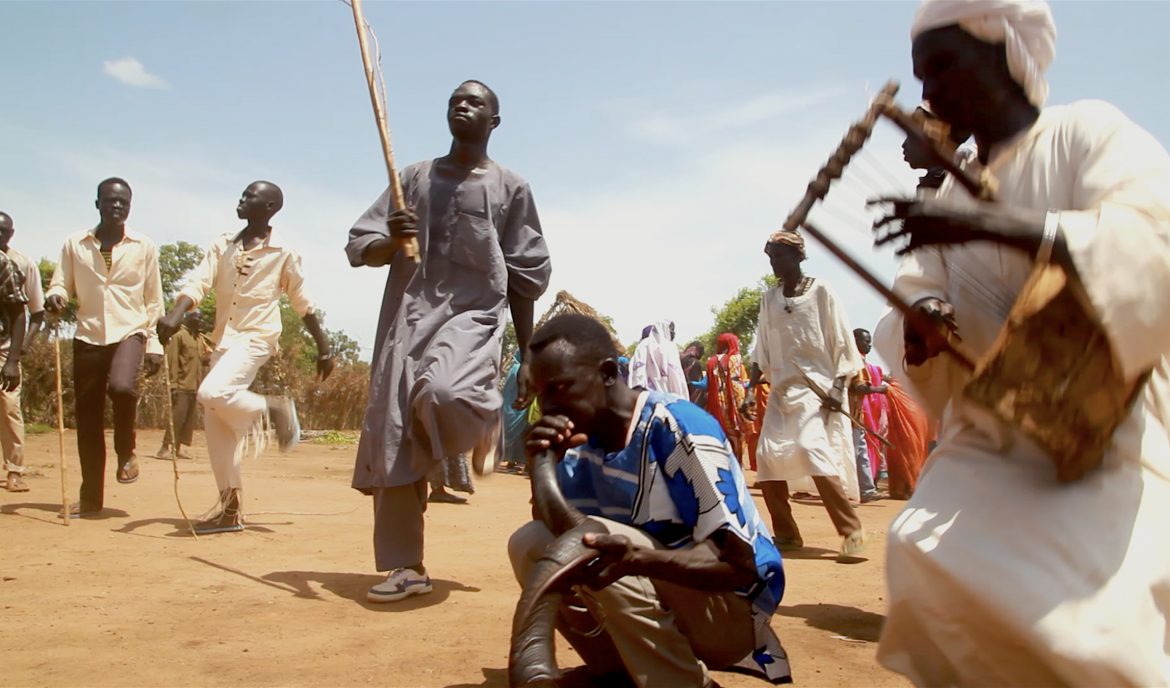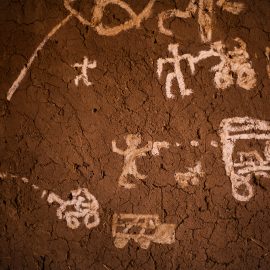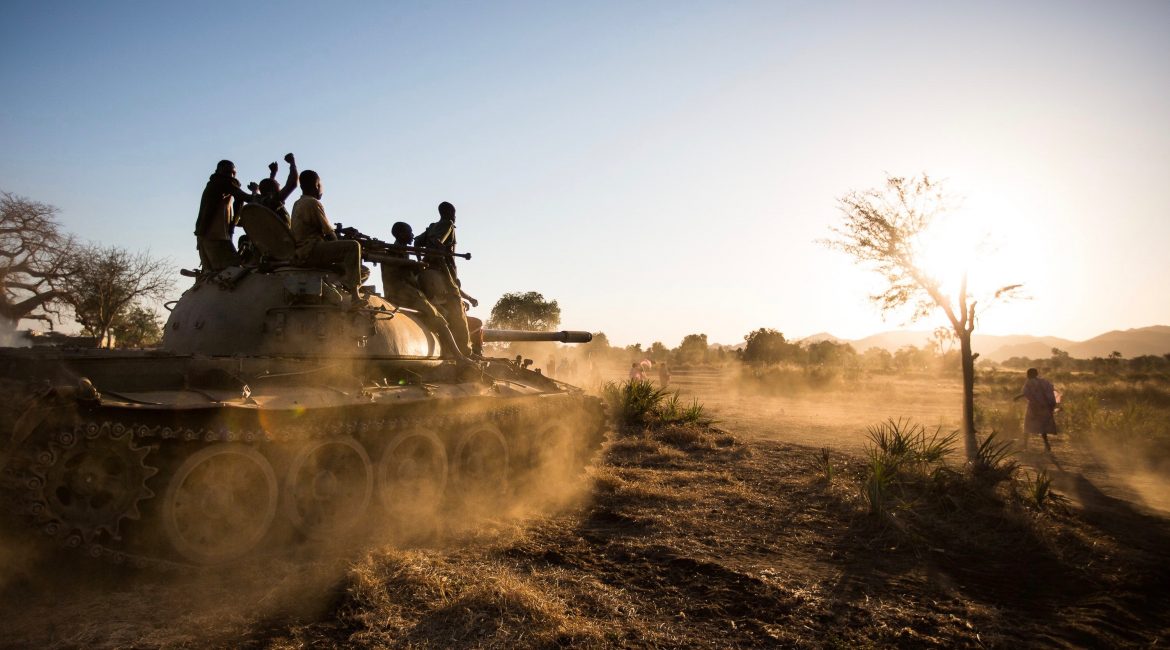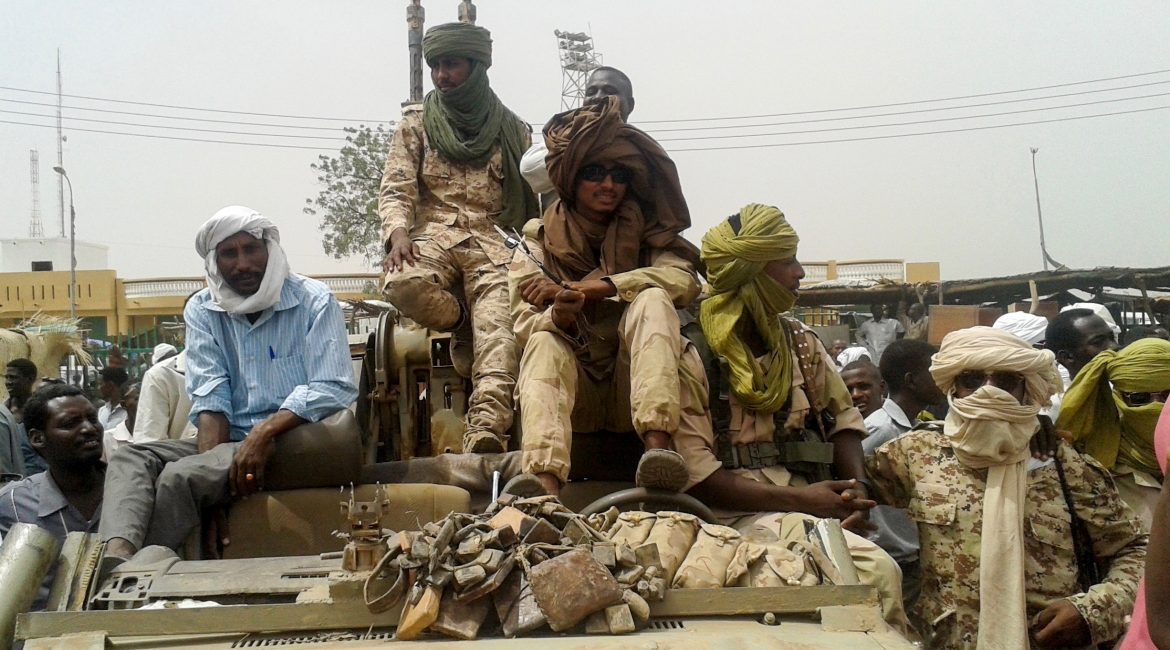Sudan’s diverse ethnicities harbour many cultural traditions that often focus on music and dance to symbolize events and practices.
Sometimes the music is tied to war and used to mobilize troops while other times to celebrate life, commemorating weddings and harvests, among other events.
One of the more vibrant, ardent cultural traditions can be found in the music of the Angassana people, Blue Nile State. The music and dances of Angassan act as both historical reminders of the past and a way to preserve their cultural identity in times of war.
The normally five-string instrument known as the Tambour in North Sudan, Om-Kiki in West Sudan and the Rababa in Blue Nile, is perhaps the most popular instrument for the Angassana. Made from basic materials, the smaller Rababa, known as the Chal, commemorates the harvest season while its larger brother, the Mele, is used during funerals. The Mele player joins dancers at the homes of the recently deceased to play more sombre, bass tones to commemorate their life’s passage.





